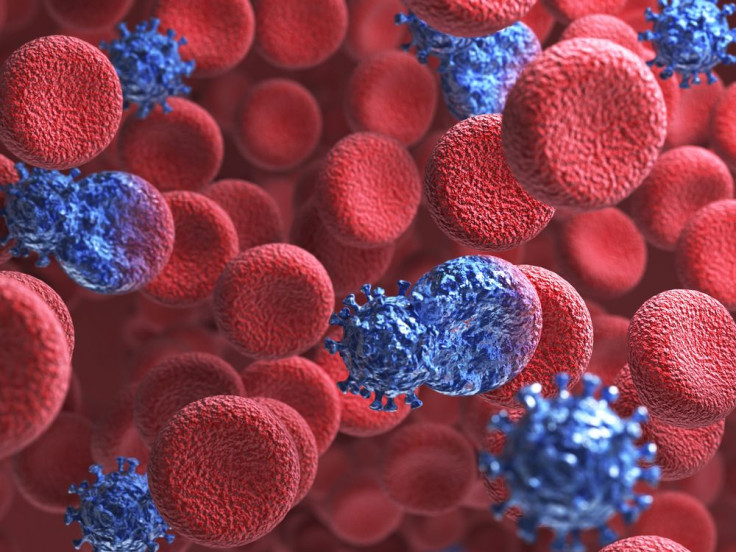Potential HIV Vaccine Candidate May Protect Against Virus, Mimics Defense Of Naturally Immune

Researchers working with the Scripps Research Institute in Jupiter, Fla., report that they have created a drug so powerful it has the potential to be used as a vaccine against HIV. The drug was inspired by a resistance to HIV infections caused by a natural mutation, and it has so far been shown to block every strain of HIV-1, HIV-2, and SIV.
HIV works by infecting cells in our immune system, specifically targeting our CD4+ T cells. However, if the virus is not able to enter these important cells, it cannot replicate, which in turn means it cannot harm the body. Working off this idea, researchers at the Scripps Research Institute have created what they call “the most potent entry inhibitor described so far,” and it is capable of disabling the virus by blocking its entry into lymphocytes, a type of white blood cell.
How HIV Infects the Body
HIV has a way of infecting the human body that is unlike other viruses. In the immune system, CD4+ lymphocytes (helper T cells) work in partnership with CD8+ lymphocytes (killer T cells) to send signals to the body when they detect the presence of bacteria or viruses. This leads to an immune system reaction, which in most cases results in battling and clearing an infection. Unfortunately, in the case of HIV, the virus targets these immune system cells and forces them to replicate HIV, thus rendering the body defenseless.
Medical Daily reported that scientists have previously observed that in order to create a vaccine for HIV they must use T cells as a target, but actually accomplishing this feat has eluded researchers for years.
Past attempts at an HIV vaccine worked toward using antibodies to fight against the infection. Unfortunately, although these attempts looked good on paper, they failed to succeed in the real world.
“Unlike antibodies, which fail to neutralize a large fraction of HIV-1 strains, our protein has been effective against all strains tested, raising the possibility it could offer an effective HIV vaccine alternative,” lead researcher Dr. Michael Farzan explained in the press release.
How The Vaccine Works
In a previous study, Farzan and his colleagues observed that a mutation on T cell receptors, known as CCR5, blocked HIV from latching on and subsequently infecting the cells. Although the mutation only occurs in less than one percent of the human population, it gives these select individuals a natural immunity to an HIV infection. According to the Scripps researchers behind the new vaccine, their drug candidate is largely inspired by this CCR5 mutation.
“When we did our original work on CCR5, people thought it was interesting, but no one saw the therapeutic potential. That potential is starting to be realized,” Farzan said.
The candidate drug attempts to mirror this natural occurrence and works by binding to HIV and inhibiting its ability to latch on to a host cell. This, in turn, would stop the virus from replicating and infecting the body.
Like vaccines for other viruses, the HIV vaccine would be injected into human tissue in the form of a shot. Once inside the tissue, the vaccine would mirror the virus’s behavior by also targeting cells and turning them into “factories” to help it replicate. However, instead of this reproduction leading to the ultimate demise of the organism, it would give a long-lasting immunity to HIV infections.
The drug has thus far only been tested on animals, but when injected into monkeys, the organisms showed superior resistance to the simian version of HIV, known as SIV.
Source: M Farzan, Kondur HR, Dorfman T, et al. AAV-expressed eCD4-Ig provides durable protection from multiple SHIV challenges. Nature. 2015.



























